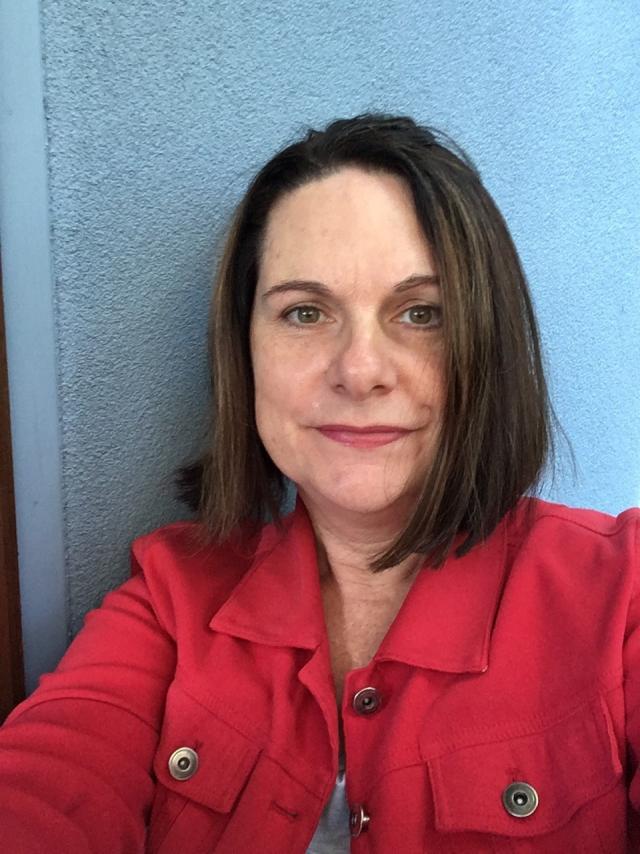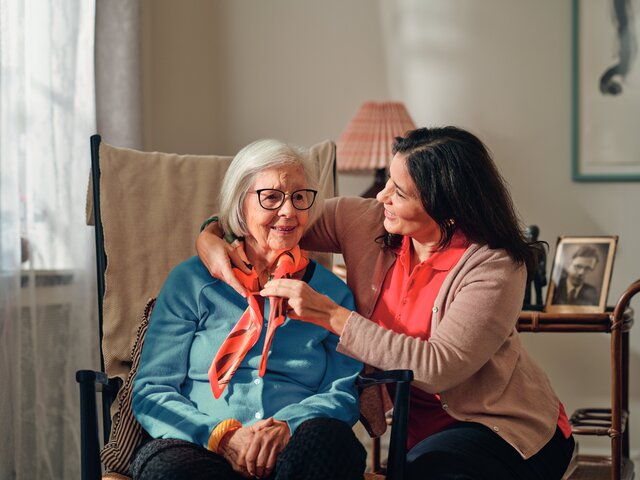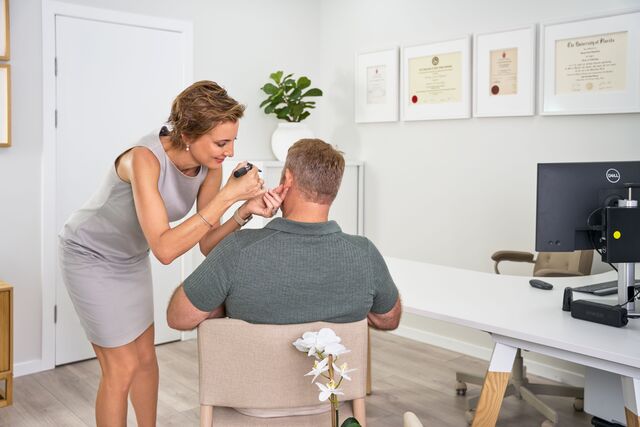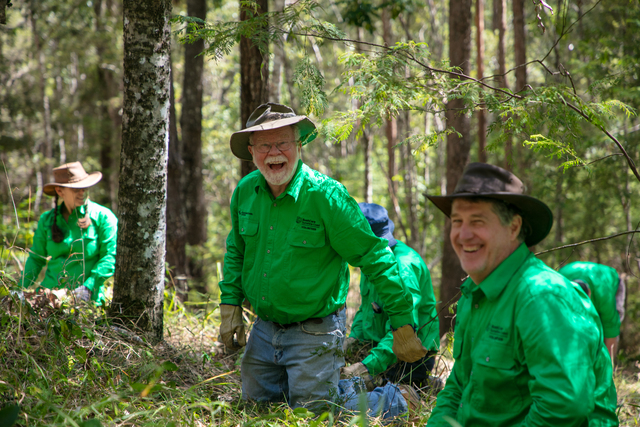There are 1.43 million people in Australia living with diabetes it’s a scary statistic particularly since many may not even notice that they are developing it.
By the far the highest number of those living with diabetes have Type Two – 1.24 million to be exact which is about 86% of people diagnosed with diabetes.
And the majority of those? Well they are people over 60-years- old.
They are scary facts, sobering even, but how can we tell if we are at risk and what can we do about it?
Diabetes Queensland dietitian Dale Cooke said many of the early symptoms of diabetes can often be brushed off as old age, but it is worth having blood tests and asking questions about the results.
Dale is also an exponent of being fit at every size, though she said there were currently trials in the UK that are seeing people who lose weight when they are in pre-diabetes range, going into remission.
“The symptoms of diabetes, if they haven’t got it but its developing, can start very slowly and fairly insidiously,” Dale explained.
“Because we’re older we start to see things like feeling just a bit more tired, going to the toilet a lot more to wee, when really it’s the start of insulin resistance. That’s where the body isn’t allowing the insulin that the body is naturally producing to work properly so the body is ramping up insulin production. But to get rid of the excess glucose in the bloodstream the body puts it into the urine.
“So then there’s a lot more urine passing through, so someone gets thirsty. They are dehydrated they might have a headache. Their eyeballs – because there is excess glucose in the fluid in the eyeball, it might swell to try and dilute it. So, you think, my vision is going, I need to go the optometrist.
“There is a cascade of symptoms that they have but because they’re older they attribute it all to getting older.”
She said Doctors will often say “your glucose is fine, or your bloods are fine”, where they’re really, they’re starting to creep up into the pre-diabetes range.
“Some doctors will flag that with someone but won’t say this is the time you need to do something to prevent Type Two diabetes from occurring,” she said
“They just wait for the inevitable diagnosis of – oh you’ve got diabetes.
“A lot of people tell us that the Doctor never mentioned diabetes, or it’s been mentioned but the Doctor never prompted them to do any action.”
She said before you are diagnosed is when you can prevent it from occurring.
“Once you are newly diagnosed you can work really hard for example there is a bit of research in the UK which they are replicating in Australia just to see if it comes up with the same results,” Dale explained. “The research says that if you lose about 15 kilos in the first six or so years of diagnosis you might be able to go into remission.
“There is no formal definition of remission but it’s basically saying you can manage the diabetes without medication so it’s not progressing at a very fast rate.
“So, any of these strange symptoms, it might be going to the toilet to wee a lot more, often getting up at night – these are things that typically happen as we get older too. Feeling tired, getting tingling or numbness in the feet or hands and be wondering what it’s from and that’s the start of the long term affects of diabetes. A lot of gentlemen will start to have problems with impotence and wonder is it just because I’m getting old, it actually can be related to diabetes.
She said having a regular check up with the GP and then actually asking what does this blood test mean? Is there anything out of the normal range and what does it mean, is really quite helpful.
“They need to be aware of what their blood test result means, not just accept that it’s all fine.”
She said age is one of the biggest factors of type two – bodies just wear out as they get older – though other risk factors including having a parent or family member who had it, inactivity or living in a larger body and ethnicity also play a part.
“Often diabetes and prediabetes comes with the package of high blood pressure and high cholesterol,” she said.
“To that end you’re looking at healthy eating and regular exercise. But you need to be aware of how to manage your condition – which means having a health care team – it doesn’t mean going on crash diets because that’s a way to become malnourished and unwell and also when you lose weight really rapidly you lose both fat and muscle tissue. Muscle is the powerhouse of our bodies we want to maintain as much muscle as we can, especially with very older people we want them to keep muscle, so they don’t have falls.
“So, we want to do slow weight reduction or just healthy eating and regular exercise to build muscle and over time with these new habits without even focusing on the scale they might even lose weight.
“That’s what we call the health at every size approach. Exercising every day and making sure your building muscular as well as cardio and a healthy diet, less fat more muscle.
“A lot of people will say to me I don’t like vegetables, I don’t like exercising but there are so many vegetables out there.
“There has to be something out there that they like they just haven’t found it yet so keep trying.”
“So, when you look at exercise it’s the same thing, you mightn’t like the exercise at there in the past but there must be something out there that you can do, and anything is better than nothing.
“The only way you will keep doing it is if you enjoy it, so it needs to be something that you really enjoy doing or is fun to do with your friends.”
She said when someone is diagnosed with diabetes, they can get a care plan from the doctor, and it means that Medicare will subsidize a set number of appointments with allied health professionals every calendar year including a exercise physiologist and dietician.








